Filter by

The power of vulnerability: Mobilising affect in feminist, queer and anti-rac…
The power of vulnerability interrogates the new language of vulnerability that has emerged in feminist, queer and anti-racist debates about the production, use and meanings of media. The book investigates the historical legacies and contemporary forms and effects of this language. In today’s media culture, traumatic first-person or group narratives have popular currency, mobilising affect fro…
- Edition
- -
- ISBN/ISSN
- 9781526133113
- Collation
- -
- Series Title
- -
- Call Number
- -

The Cinema of Mika Kaurismäki: Transvergent Cinescapes, Emergent Identities
Mika Kaurismäki's films challenge many boundaries – national societies, genre formations, art/popular culture, fiction/documentary, humanity/nature and problematic distinctions between different zones of development. Synthesizing concepts from a range of thematic frameworks – e.g. auteurism, eco-philosophy, genre, cartography, cineaste networks, global reception, distribution a…
- Edition
- -
- ISBN/ISSN
- 9781841504094
- Collation
- -
- Series Title
- -
- Call Number
- 791.43 KAA c
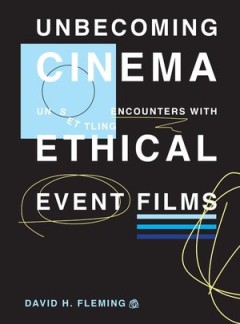
Unbecoming Cinema: Unsettling Encounters With Ethical Event Films
Unbecoming Cinema constitutes a welcome addition to texts that provide a film-philosophical perspective on films that otherwise take on and involve difficult subject matter, including in this case suicide, autistic worldviews, hallucinatory aesthetics and vomit-gore. The book in effect argues successfully and intelligently that even though hard to watch, many of these films can provide for view…
- Edition
- -
- ISBN/ISSN
- 9781783207756
- Collation
- -
- Series Title
- -
- Call Number
- 791.43 FLE u
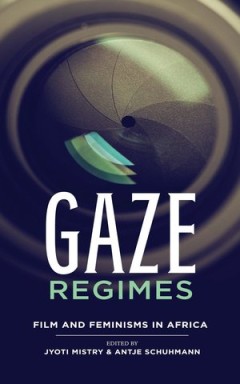
Gaze Regimes: Film and Feminisms in Africa
Gaze Regimes is a bricolage of essays and interviews showcasing the experiences of women working in film, either directly as practitioners or in other areas such as curators, festival programme directors or fundraisers. It does not shy away from questioning the relations of power in the practice of filmmaking and the power invested in the gaze itself. Who is looking and who is being looked at, …
- Edition
- -
- ISBN/ISSN
- 9781868146888
- Collation
- -
- Series Title
- -
- Call Number
- 791.43 GAZ g
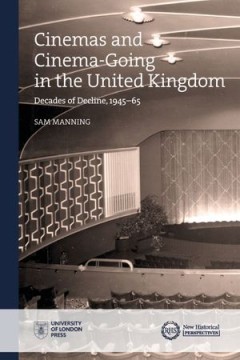
Cinemas and Cinema-Going in the United Kingdom: Decades of Decline, 1945–65
Cinema-going was the most popular commercial leisure activity in the first half of the twentieth century, peaking in 1946 with 1.6 billion recorded admissions. Though ‘going to the pictures’ remained a popular pastime, the transition to peacetime altered citizens’ leisure habits. During the 1950s increased affluence, the growth of television ownership and the diversification of leisure le…
- Edition
- -
- ISBN/ISSN
- 9781912702367
- Collation
- -
- Series Title
- -
- Call Number
- 777 MAN c
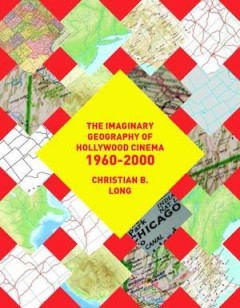
The Imaginary Geography of Hollywood Cinema 1960–2000
The Imaginary Geography of Hollywood Cinema 1960-2000 combines digital cartography with close readings of representative films to write a history of twentieth century Hollywood narrative cinema at the intersection of the geographies of narrative location, production, consumption and taste in the post-classical era, before the rise of digital cinema. This text reorients and redraws the boundarie…
- Edition
- -
- ISBN/ISSN
- 9781783208296
- Collation
- -
- Series Title
- -
- Call Number
- 791.43 LON i
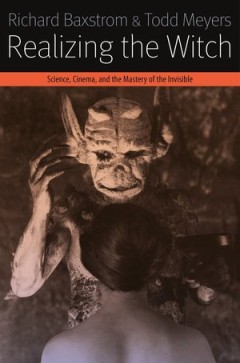
Realizing the Witch: Science, Cinema, and the Mastery of the Invisible
Benjamin Christensen's Häxan (The Witch, 1922) stands as a singular film within the history of cinema. Deftly weaving contemporary scientific analysis and powerfully staged historical scenes of satanic initiation, confession under torture, possession, and persecution, Häxan creatively blends spectacle and argument to provoke a humanist re-evaluation of witchcraft in European history as well a…
- Edition
- -
- ISBN/ISSN
- 9780823274871
- Collation
- -
- Series Title
- -
- Call Number
- 791.43 BAX r
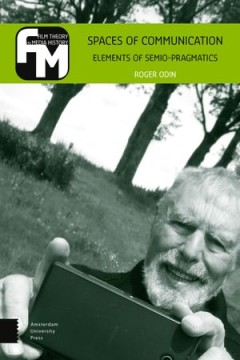
Spaces of Communication: Elements of Semio-Pragmatics
Semio-pragmatics, an approach to the study of film and audiovisual media first proposed by Roger Odin in the early 1980s, shifted the focus from textual analysis to the interaction of text and context and to the institutional modes of framing and reading which shape the viewer’s engagement with the film. A response to an impasse in post-1968 film semiotics and psychoanalytical approaches to f…
- Edition
- -
- ISBN/ISSN
- 9789048538669
- Collation
- -
- Series Title
- -
- Call Number
- 791.43 ODI s
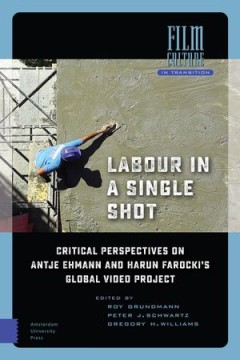
Labour in a Single Shot: Critical Perspectives on Antje Ehmann and Harun Faro…
This collection of essays offers a critical assessment of Labour in a Single Shot, a groundbreaking documentary video workshop. From 2011 to 2014, curator Antje Ehmann and film- and videomaker Harun Farocki produced an art project of truly global proportions. They travelled to fifteen cities around the world to conduct workshops inspired by cinema history’s first film, Workers Leaving the Lum…
- Edition
- -
- ISBN/ISSN
- 9789048550210
- Collation
- -
- Series Title
- -
- Call Number
- 791.43 LAB l
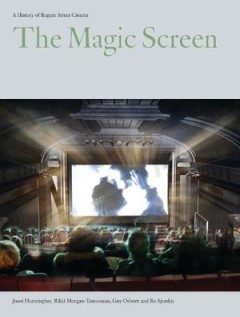
The Magic Screen
"The story of the (now restored) Regent Street Cinema is the fourth volume exploring the University of Westminster's long and diverse history. This multi-authored volume tells its history from architectural, educational, legal and cinematic perspectives and is richly illustrated throughout with images from the University of Westminster archive. A print paperback can be purchased direct from the…
- Edition
- -
- ISBN/ISSN
- 9781911534235
- Collation
- -
- Series Title
- -
- Call Number
- 791.43 HUN m
 Computer Science, Information & General Works
Computer Science, Information & General Works  Philosophy & Psychology
Philosophy & Psychology  Religion
Religion  Social Sciences
Social Sciences  Language
Language  Pure Science
Pure Science  Applied Sciences
Applied Sciences  Art & Recreation
Art & Recreation  Literature
Literature  History & Geography
History & Geography